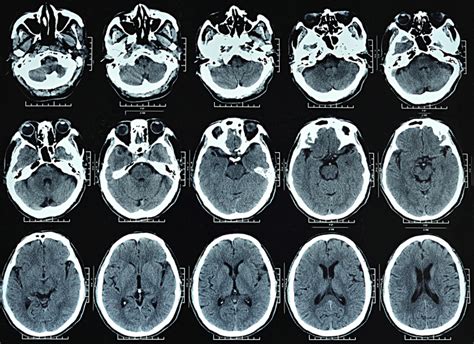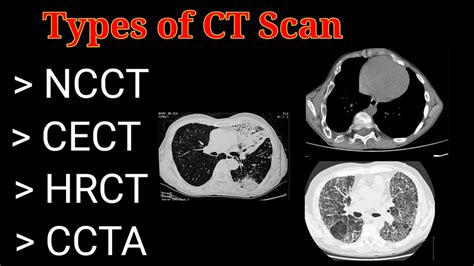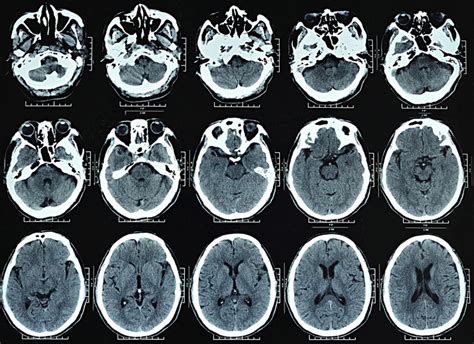Intro
Discover the importance of a Head CT Scan, a diagnostic imaging technique using computed tomography to detect brain injuries, strokes, and tumors, providing detailed brain scans and head injury assessments.
The human brain is a complex and fascinating organ, and understanding its functions and structures is crucial for diagnosing and treating various medical conditions. One of the most effective ways to visualize the brain and its surrounding tissues is through a head CT scan. This non-invasive medical imaging test uses X-rays and computer technology to produce detailed cross-sectional images of the head, allowing doctors to diagnose and monitor a wide range of conditions, from head injuries and strokes to tumors and vascular diseases.
A head CT scan is a quick and painless procedure that can be performed in a hospital or outpatient imaging center. During the scan, the patient lies on a table that slides into a large, doughnut-shaped machine, which rotates around the head to capture images from different angles. The scan typically takes only a few minutes to complete, and the patient may be asked to hold their breath or remain still to ensure clear images. The resulting images are then reconstructed by a computer to create detailed, three-dimensional pictures of the brain and its surrounding tissues.
The importance of head CT scans cannot be overstated, as they play a critical role in diagnosing and treating a wide range of medical conditions. For example, in the event of a head injury, a CT scan can help doctors quickly assess the extent of the damage and identify any potential complications, such as bleeding or swelling. Similarly, in cases of stroke or cerebral vasospasm, a CT scan can help doctors determine the location and severity of the condition, allowing them to provide timely and effective treatment.
How Head CT Scans Work

The computer uses specialized software to reconstruct the images, creating detailed, three-dimensional pictures of the brain and its surrounding tissues. The resulting images can be viewed on a computer monitor, allowing doctors to diagnose and monitor a wide range of conditions, from head injuries and strokes to tumors and vascular diseases. The images can also be enhanced using various techniques, such as contrast agents, to provide more detailed information about specific areas of the brain.
Benefits of Head CT Scans
The benefits of head CT scans are numerous, and they play a critical role in diagnosing and treating a wide range of medical conditions. Some of the key benefits of head CT scans include: * Quick and painless procedure * High-resolution images of the brain and its surrounding tissues * Ability to diagnose and monitor a wide range of conditions, from head injuries and strokes to tumors and vascular diseases * Non-invasive procedure, reducing the risk of complications and side effects * Can be performed in a hospital or outpatient imaging center, making it accessible to a wide range of patientsTypes of Head CT Scans

Preparation and Procedure
Preparing for a head CT scan is relatively straightforward, and patients are typically asked to: * Avoid eating or drinking for a few hours before the scan * Remove any jewelry or clothing that may interfere with the scan * Lie still and hold their breath during the scan * Avoid moving or talking during the scanThe procedure itself is quick and painless, and patients can typically expect to spend around 15-30 minutes in the scanner. The scan is usually performed in a hospital or outpatient imaging center, and patients can return to their normal activities immediately after the scan.
Risks and Side Effects

Interpreting Results
Interpreting the results of a head CT scan requires specialized training and expertise, and patients should always consult with a qualified doctor or radiologist to understand their results. The results of the scan can be used to: * Diagnose and monitor a wide range of conditions, from head injuries and strokes to tumors and vascular diseases * Guide treatment and therapy * Monitor the effectiveness of treatment and therapy * Identify potential complications or side effectsCommon Uses of Head CT Scans

Advantages Over Other Imaging Modalities
Head CT scans have several advantages over other imaging modalities, including: * Quick and painless procedure * High-resolution images of the brain and its surrounding tissues * Ability to diagnose and monitor a wide range of conditions * Non-invasive procedure, reducing the risk of complications and side effects * Can be performed in a hospital or outpatient imaging center, making it accessible to a wide range of patientsFuture Developments and Advances

Conclusion and Final Thoughts
In conclusion, head CT scans are a powerful diagnostic tool that plays a critical role in diagnosing and treating a wide range of medical conditions. With their quick and painless procedure, high-resolution images, and non-invasive nature, head CT scans are an essential part of modern medicine. As the field continues to evolve and advance, we can expect to see even more innovative and effective uses of head CT scans in the future.What is a head CT scan?
+A head CT scan is a medical imaging test that uses X-rays and computer technology to produce detailed cross-sectional images of the brain and its surrounding tissues.
How long does a head CT scan take?
+A head CT scan typically takes only a few minutes to complete, although the entire procedure may take around 15-30 minutes.
Are head CT scans safe?
+Head CT scans are generally safe and well-tolerated, although there are some potential risks and side effects to be aware of, such as radiation exposure and contrast agent reactions.
What are the benefits of head CT scans?
+The benefits of head CT scans include their quick and painless procedure, high-resolution images, and non-invasive nature, making them an essential part of modern medicine.
How do I prepare for a head CT scan?
+To prepare for a head CT scan, patients are typically asked to avoid eating or drinking for a few hours before the scan, remove any jewelry or clothing that may interfere with the scan, and lie still and hold their breath during the scan.
We hope this article has provided you with a comprehensive understanding of head CT scans and their importance in modern medicine. If you have any further questions or comments, please don't hesitate to reach out. Share this article with your friends and family to help spread awareness about the benefits and uses of head CT scans.
